Moss People or Moss Folk, also referred to as the wood people or wood-folk or forest-folk, are described as a class of fairy-folk, variously compared to dwarves, elves, or spirits, described in the folklore of Germany as having an intimate connection to trees and the forest. In German the words Schrat and Waldschrat are also used for a moss person, probably coming from the Old Norse skratti, which means "goblin".
They are sometimes reported as similar to dwarves, being the same size as children, "grey and old-looking, hairy, and clad in moss". In other descriptions they are said to be pretty or even have butterfly wings. According to legend, these fairies would occasionally borrow items from people but would always compensate the owners generously. In certain myths, the moss folk would ask humans for breast milk to feed their young!
They were often but not always the object of the Wild Hunt (remember that?!). According to folklore, in order to escape the hunt they enter the trees that woodsmen have marked with a cross that will be chopped down.
The moss people are similar to hamadryads. Their lives are "attached to the trees; if any one causes by friction the inner bark to loosen a Wood-woman dies".
Jacob Grimm believed that Gothic skōhsl, used to translate Koine Greek δαιμόνιον (daimonion), "demon", in the New Testament, was related to Old Norse skōgr and Old English sceaga, both meaning "forest", and therefore represented a cognate of the moss people in Gothic folklore. Subsequent authors, however, have related skōhsl with English "shuck" (from Old English scucca, "evil spirit") and German Scheusal, "monster" (from Middle High German schūsel, though by folk etymology identified with scheuen, "to dread", and -sal, a noun suffix).
Parallels have been drawn between the moss people and woodwoses. Early descriptions of Germanic beliefs include descriptions of "wood people" by the 6th century Roman historian Jordanes and "woodland women" by the 11th-century Rhenish bishop Burchard of Worms. Furthermore, Grimm recorded the terms wildiu wīp, wildero wībo, wilder wībe, wilden wībe, wildaz wīp (all meaning "wild wife") and wilde fröuwelīn ("wild maiden") from various early medieval texts. According to him:
"Between Leidhecken and Dauernheim in the Wetterau stands the high mountain, and on it a stone, der welle fra gestoil (the wild woman's chairs); there is an impression on the rock, as of the limbs of human sitters. The people say the wild folk lived there 'wei di schtan noch mell warn,' while the stones were still soft; afterwards, being persecuted, the man ran away, the wife and child remained in custody at Dauernheim until they died".
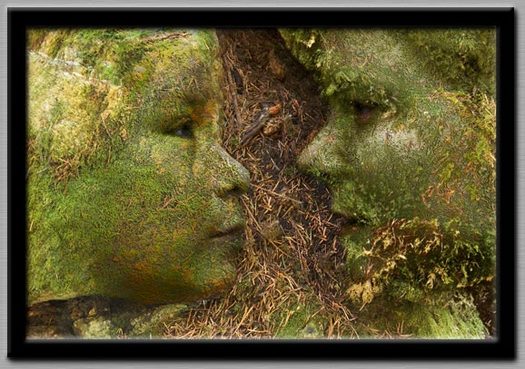
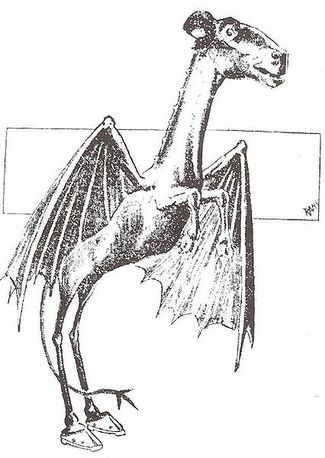
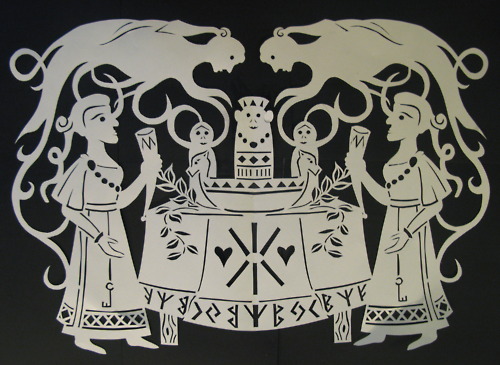
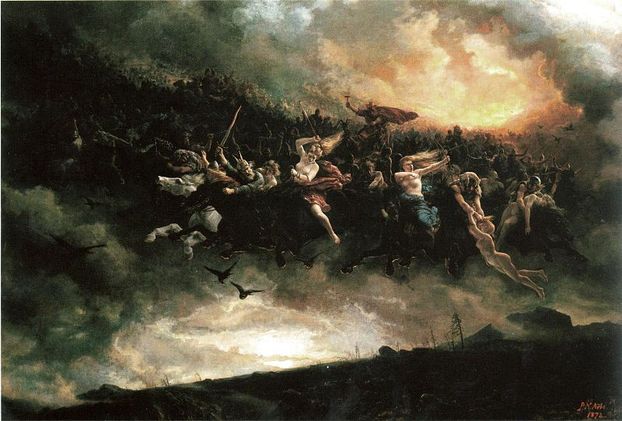



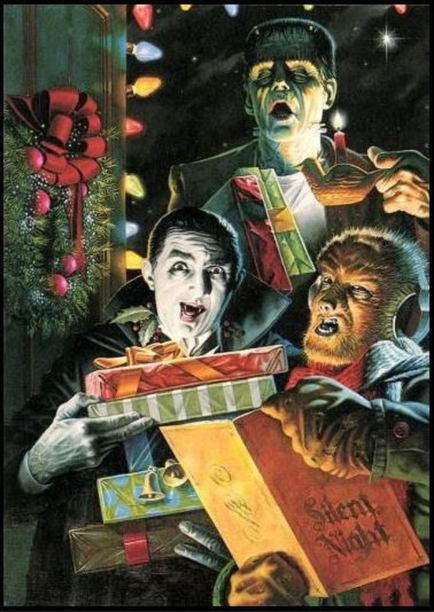
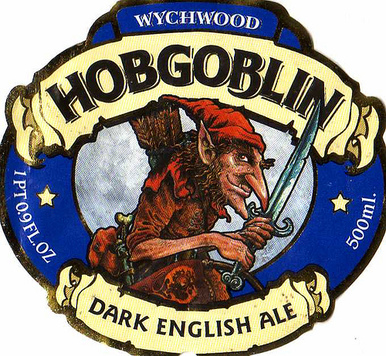
 RSS Feed
RSS Feed